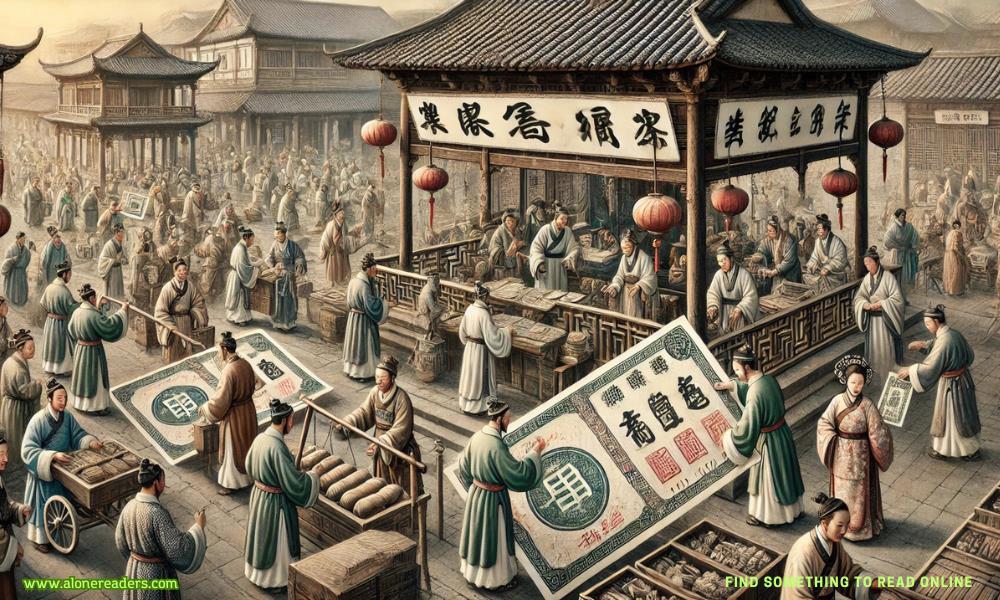
The concept of paper money is a revolutionary development in the history of global finance, and its origins can be traced back to the Song Dynasty of China (960–1279 CE). Before the introduction of Jiaozi, transactions were primarily conducted using metal coins, typically made of copper, silver, or gold. However, as trade expanded and economies grew, carrying large amounts of metal currency became impractical. This necessity led to the invention of Jiaozi, the world’s first known form of paper money. This innovation not only transformed the Chinese economy but also set the foundation for the use of banknotes in the modern financial system.
Jiaozi first emerged in the Sichuan province during the early 11th century, initially issued by merchants as promissory notes. The idea was to provide a more convenient and lightweight alternative to heavy metal coins, which often posed logistical challenges in large-scale trade. These notes were backed by the deposit of actual coinage, ensuring their value and trustworthiness among merchants and the general public. As their popularity grew, the government recognized their economic potential and took control of the issuance process. The Song authorities established official agencies responsible for printing and regulating Jiaozi, transforming what began as a private initiative into a state-controlled monetary system.
The introduction of Jiaozi marked a significant shift in how trade and commerce operated in medieval China. Unlike metal coins, which had intrinsic value due to their material composition, Jiaozi derived its worth from government endorsement and public trust. This was an early form of fiat money, meaning that its value was not based on precious metals but rather on the stability and authority of the issuing government. To prevent counterfeiting and ensure security, the Song Dynasty developed sophisticated printing techniques using multiple colors, unique designs, and government seals. These measures made Jiaozi difficult to replicate and strengthened public confidence in the system.
The use of paper currency under the Song Dynasty facilitated economic expansion and promoted commercial activities across China and beyond. Trade routes flourished, and the ease of financial transactions encouraged market growth. Merchants no longer needed to carry heavy bags of coins, allowing for safer and more efficient trade. The circulation of Jiaozi also enabled the government to manage the economy more effectively by controlling the money supply. However, despite its advantages, the system was not without challenges. Over time, excessive printing led to inflation, diminishing the value of Jiaozi. The government’s failure to maintain adequate metal reserves to back the currency further eroded trust, eventually contributing to economic instability.
Despite these challenges, Jiaozi set an important precedent in the history of paper money. The idea of using paper notes as a medium of exchange eventually spread beyond China, influencing monetary systems in other parts of the world. During the Yuan Dynasty (1271–1368), the Mongols expanded and refined the concept, introducing paper currency to territories under their control. Later, European explorers and traders, such as Marco Polo, documented the use of Chinese banknotes, bringing the knowledge of paper money back to the West. It was not until centuries later that European nations adopted similar systems, paving the way for the widespread use of paper currency in modern economies.
The legacy of Jiaozi is profound, as it represents the beginning of a financial revolution that continues to shape global economies today. The concept of paper money has evolved significantly, leading to the development of banknotes, digital currencies, and electronic payment systems. However, the fundamental principles remain rooted in the same ideas introduced by the Song Dynasty—trust in the issuing authority and the practicality of a lightweight, portable medium of exchange. The invention of Jiaozi demonstrates the ingenuity of medieval Chinese economics and highlights China’s significant contributions to the evolution of global financial systems.